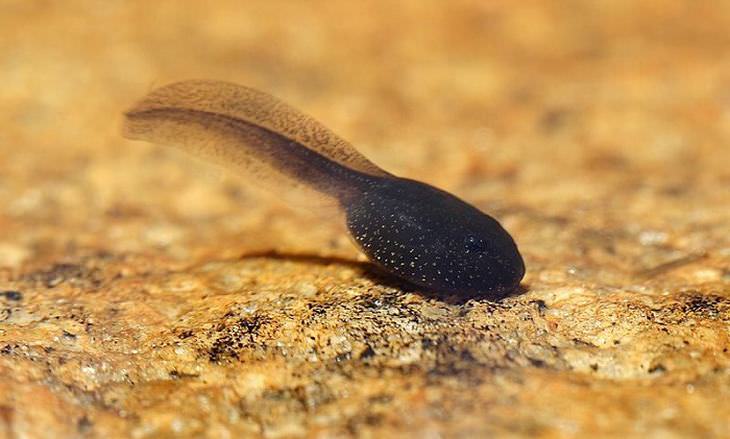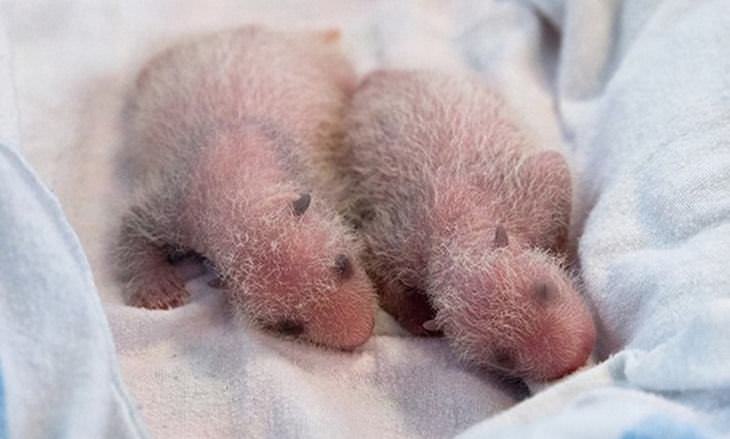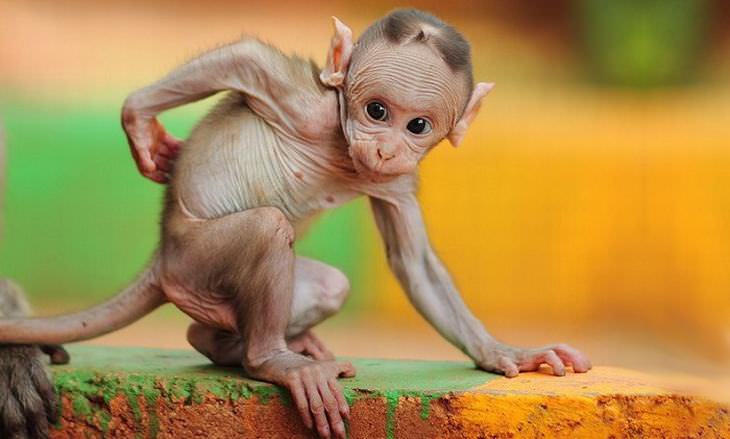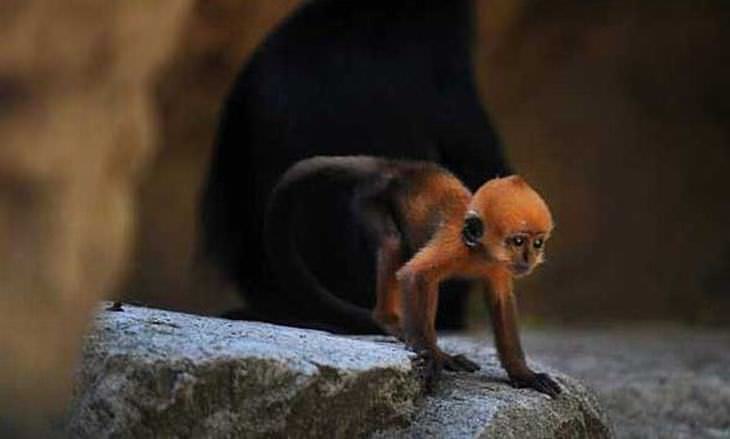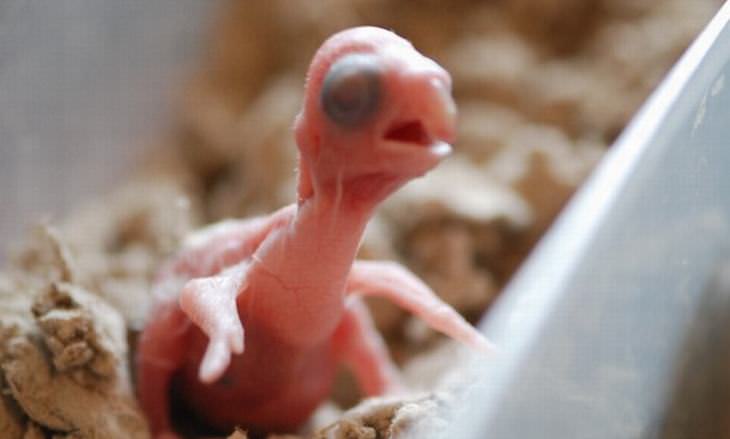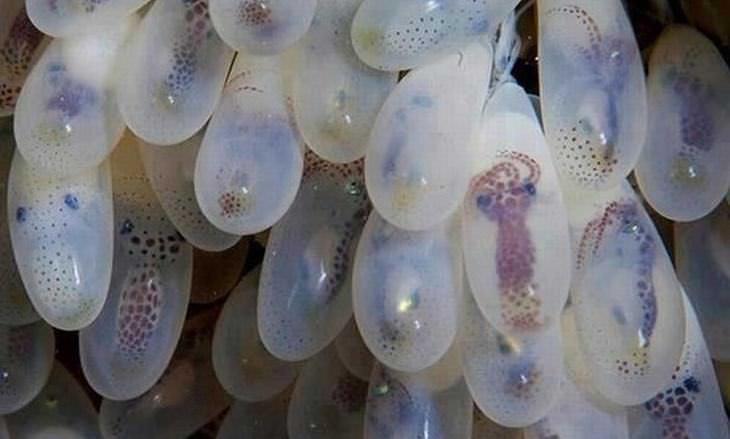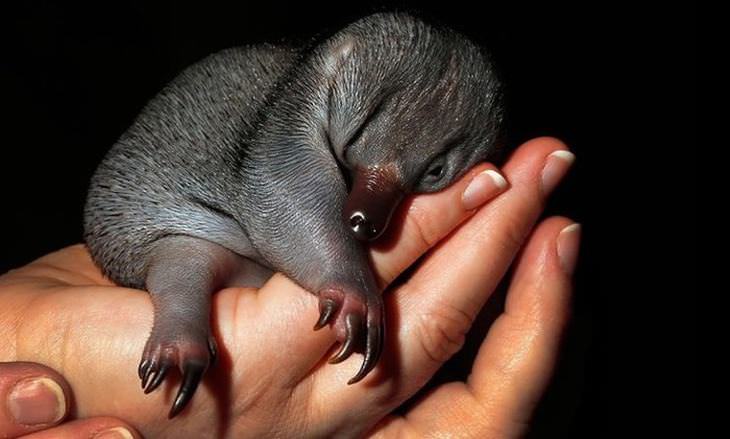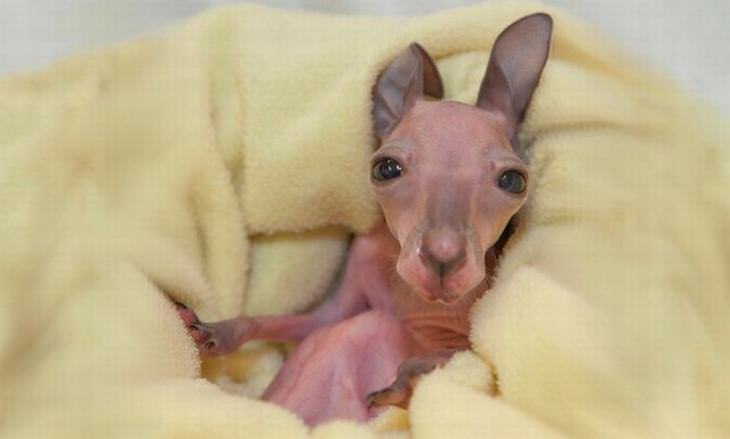
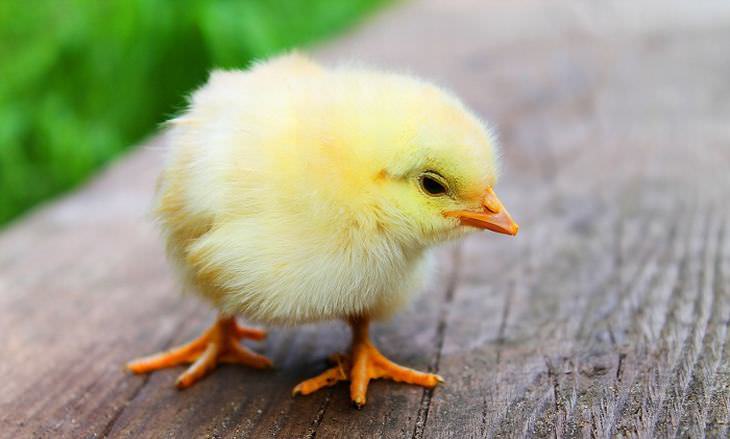

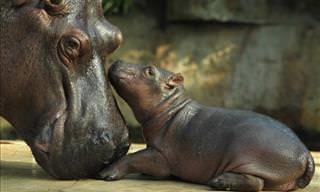
This is What Pure Love Looks Like in the Animal Kingdom...
This heart-warming photo series proves that the love between a parent and child is universal.
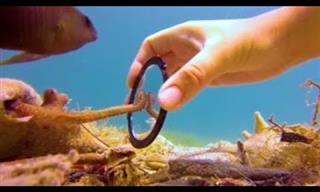 2:57
2:57
This Tiny Octopus Gets Excited When His Human Visits
Watch this tiny octopus as it gets excited and 'plays' with his human friend.
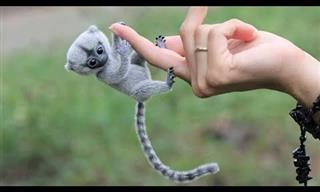 10:42
10:42
These Friendly Exotic Animals Make the Perfect Pets
Did you know that you could raise an Australian capybara or a Saharan fennec fox in your home? These are the 10 cutest exotic animals you could own as pets.
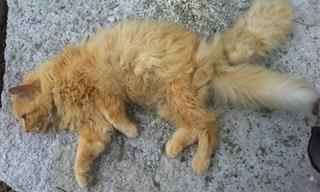
14 Animals with Rare and Unique Anatomical Features
Celebrating our differences is important, and these 14 animals definitely have some rare and unique features that make them stand out!
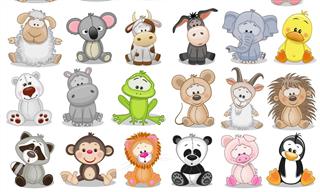
INTERACTIVE: 26 of the Cutest & Prettiest Animal Posts!
From pandas to bunnies, from tigers to hedgehogs, this interactive collection promises animal lovers a terrific time!

These Siamese Fighting Fish Look Like Rainbows
If you thought you knew all about fish, this colorful Siamese Fighting Fish will make you think twice, and look admiringly. I'm in love with these beauties!
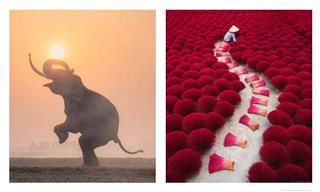
These Pictures Can Reduce Your Stress. We Guarantee It!
Enjoy the beauty of our world in 15 glorious photographs.

30 Reasons Owls are Beautiful...
Owls have beautiful eyes, they are great hunters and are highly intelligent. Here are 30 owls photos that prove they are stunning and elegant creatures.

These 10 Animals Have The Strangest Qualities
Animals do the weirdest things sometimes. These animals will have you scratching your head for days.
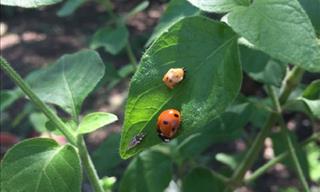
14 Beautiful Examples of the Cycle of Life
Here is a fascinating look at the life cycle of different living things in the form of beautiful photos.
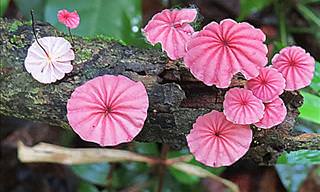
A Rainbow Can Be Made From Mushrooms If You Look Right...
Mushrooms and other fungi aren't usually the most interesting, but if you find the right ones, they can fill your day with color!
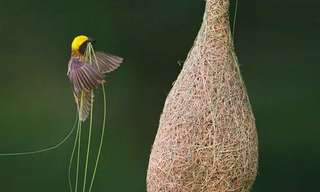
13 Incredible & Intricate Homes of Animal Architects
The amazing homes animals build for themselves are both mesmerizing and brilliant. Behold nature’s most amazing architects.
 2:48
2:48
The First 3 Months of a Panda's Life is Amazing to Watch!
The first 100 days in a panda's life. They don't start out looking like pandas!

If You Want to See Some Breathtaking Beauty, Come In Here...
Check out the astonishing winning panoramic images from the 2023 EPSON International Pano Awards.
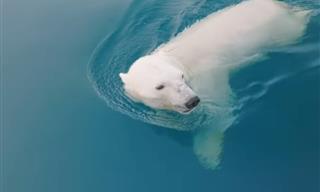 8:38
8:38
Witness the Magical Views of Norway's Northern Islands
The amazing place you are about to see in this video is Svalbard - an archipelago that is in the northernmost part of the entire kingdom of Norway.
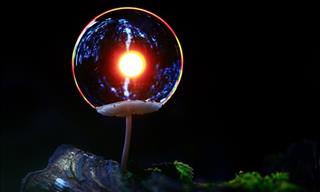
16 Breathtaking Images of Our Planet's Natural Wonders
Take a look at these 16 incredibly well-timed photos of some of our planet's most spectacular natural wonders.

These Images of Our Galaxy are Sure to Ignite Your Wonder
The 2024 Milky Way Photographer of the Year contest celebrates our galaxy's majesty.
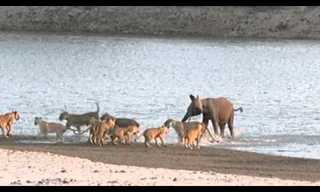 2:50
2:50
Wild Nature: Young Elephant Fends Off 14 Lions Unharmed
How an elephant convinces a group of lions that this is not an animal worth tangling with...
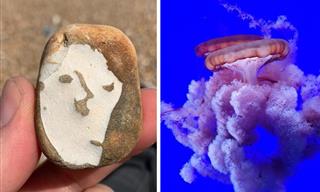
16 Of Nature's Best Unintentional Works of Art
Sometimes the most moving and beautifully effortless works of art are the ones created by nature, without man's interference.
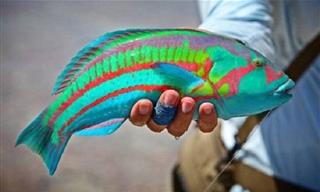
These Photos Prove Mother Nature Can Be So Creative!
These photos prove that Mother Nature has a creative side.
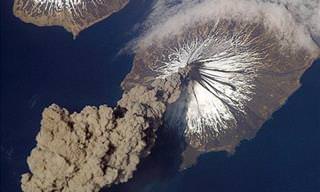
Run For Your Lives! History's Largest Volcanic Eruptions
A major volcanic eruption is a landmark event, deeply affecting thousands of lives and the surrounding landscape. Here are the 11 largest eruptions in history.
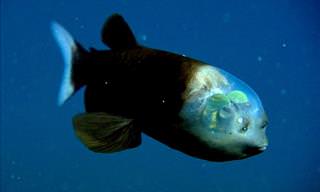
Transparent Animals Are Rare but They Really Do Exist
To preserve individual species, nature uses some wonderful tricks - like invisibility! Here are a collection of see-through creatures.
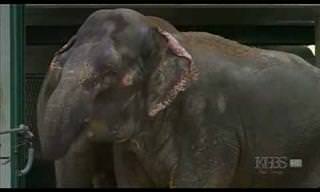 7:21
7:21
WATCH: These Two Elephants Meet After 20 Years...
Being apart for 20 years can be hard, and when these 2 elephants finally met again, the results were simply beautiful.
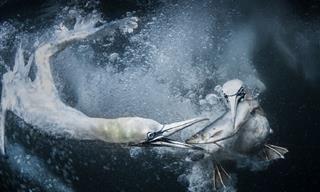
15 Photos That Show Why There’s Nothing Purer Than Nature
Take a look at some of the best winning images of nature from the 2020 Tokyo International Foto Awards.
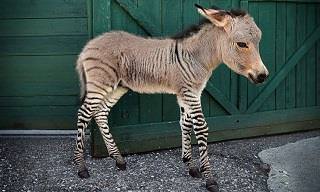
You Have to See These 18 Hybrid Animals to Believe Them
I'd never even heard of a liger, a zonkey or a beefalo. But these pictures go to show that they actually exist - in real life!

Tourists From All Over Flock to See this Beautiful Island
Wouldn't you want to visit this beautiful island, filled with nothing but flowers?
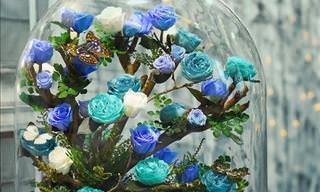
How's it Possible that These Roses Last for 3+ Years?
Wouldn't it be a beautiful idea to receive a rose that may last a lifetime? These flowers just might...
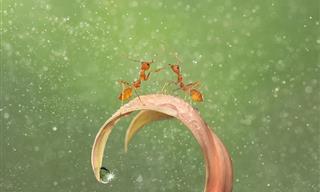
In Pictures - International Garden Photographer of the Year
Take a look at the stunning nature photographs from the International Garden Photographer of the Year.
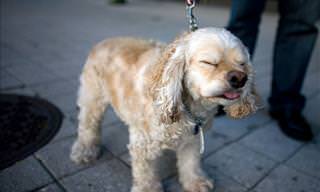
These Animal Facts Are Both Adorable and Interesting
Twenty fascinating animal facts that we bet you never knew about!
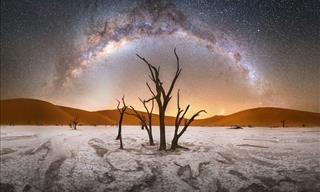
The Best Photos of the Milky Way Taken From Perfect Places
Take a look at the vivid colors of the Milky Way from the most remote and gorgeous locations in the world in this collection of photographs
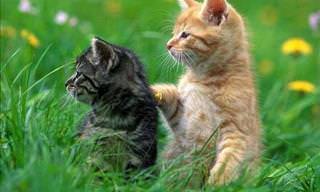
Your Ultimate Guide to All Breeds of Cat!
From Balinese to a Scottish Fold - there are many breeds of cats, and you'll find them all here!
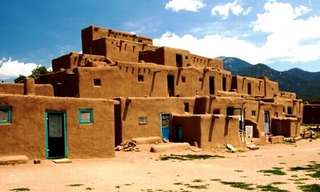
Weird Science: 12 Phenomena That Scientists Can’t Explain
Scientists think they're got the world covered but so many mysteries remain. Here are 12 bizarre phenomena that even scientists can't explain.
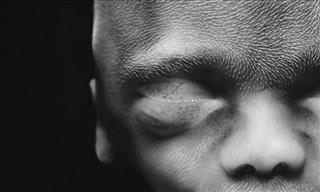
This Photographer Captured a Baby's Journey in the Womb
This photographer's amazing project concerned capturing a baby's development in the womb, from the moment of conception through to birth. Take a look.
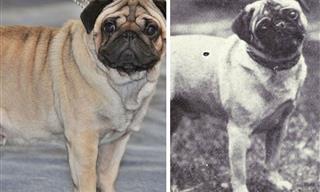
Then & Now: How Popular Dog Breeds Were Like a Century Ago
By comparing the photos of 15 dog breeds to their counterparts from 100 years ago, you'd find that some of them went through quite a transformation!
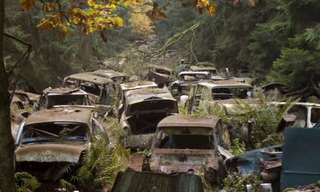
When Left Alone, Nature Eventually Takes Over...
Spectacular pictures of abandoned places being reclaimed by nature.
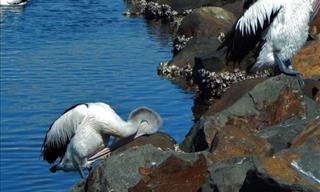
15 Wildlife Photos SO Bad They Are Actually Funny
Here is a look at a collection of hilarious pictures of wild animals that are so bad they will actually make you laugh.
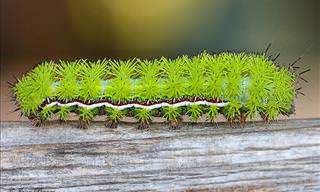
Click to Transform Caterpillars Into Moths and Butterflies!
Both butterflies and moths have four stages of life, they go from the initial egg to a caterpillar, then to a cocoon and finally to a butterfly or moth. Watch these 18 interactive photos Before and After caterpillars transform.
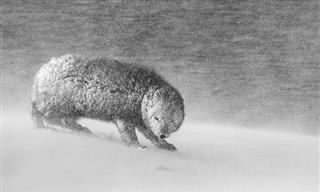
Witness the Raw Beauty of Nature in These Incredible Pics
Check out some of the best winning images from the 2020 Nature Photographer of the Year contest.
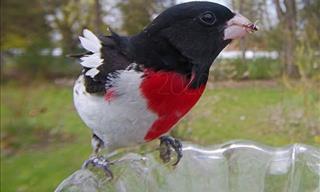
A Woman's Backyard Receives Many Beautiful Bird Visitors
Ostdrossel makes different items using candid photographs of beautiful birds captured on her backyards feeder cam
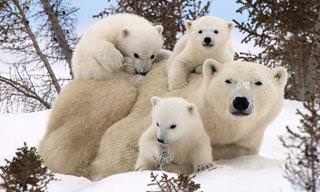
Animal Family Portraits Are Just As Cute As Human Ones...
These portraits of animal families are truly adorable. It's also a mystery how the photographers managed to get a series of wild animals to hold a pose!
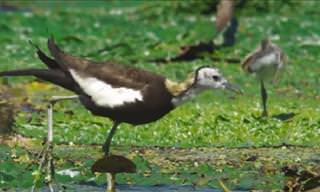 4:33
4:33
When It Comes to Nature, Korea is Out of This World!
Tensions between the North and South might be what defines it to outsiders, but beyond the battles scars there’s a much more beautiful side to Korea.
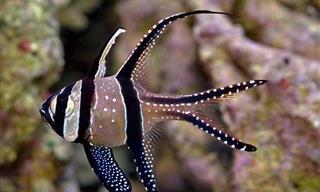
18 Gorgeous Fish You've Got to See!
The oceans hold countless amazing creatures, such as these 30 fish considered the most beautiful in the world...
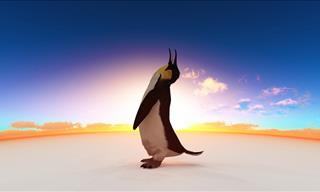
10 of the Largest Living Birds in the World
Check out this list of the largest and heaviest birds that inhabit our planet today.
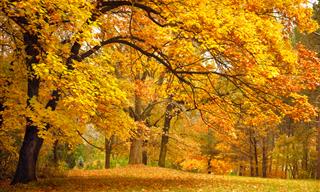
10 Facts About the Power of Trees That Will Blow Your Mind
Trees are silent and harmless - but these facts are just about to twist this round! Read about the magnificent things you didn't know about trees.



